Lots of visitors never get to see one, and that includes quite a lot of birders. If it wasn't for the good fortune of being in Playa Larga I wouldn't have seen one either but with a virtually 100% guaranteed sighting just up the road from where we were staying it was inevitable I would visit more than once.
The tree and the owner!
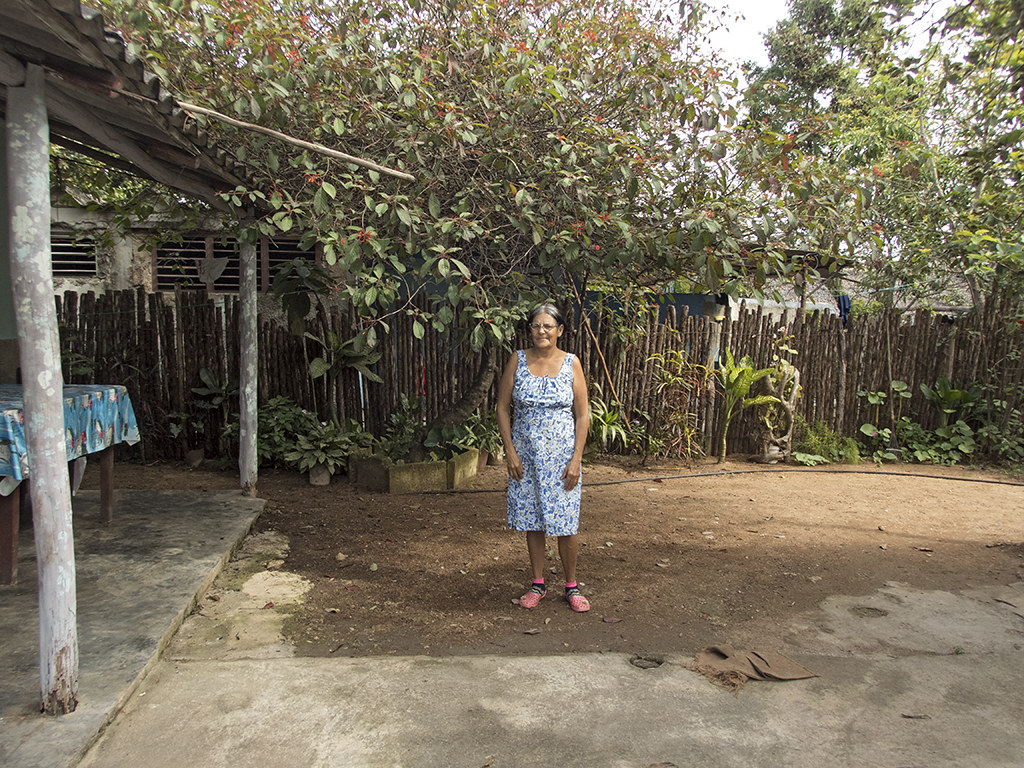 I ended up going on four different occasions and still I wasn't happy in the end. Less so when I got home and looked at the results on the big screen of my computer. I suppose I harboured ambitions beyond my capabilities. Never mind, better aiming high than low!
I ended up going on four different occasions and still I wasn't happy in the end. Less so when I got home and looked at the results on the big screen of my computer. I suppose I harboured ambitions beyond my capabilities. Never mind, better aiming high than low!On my first visit I had been embarrassed by the fact my 600mm lens doesn't focus within 4.5metres and I couldn't back off far enough away from the tree, still I had managed some reasonable shots but most were of the female birds not El Macho, the male. It became my obsession to capture the flight shot.
Twice I went in the afternoon one more in the morning. The afternoon was quiet, I would have the place to myself, whereas the morning had other visitors on both occasions. The light was better in the morning and the birds seemed more active too. Still, no matter when I went I had my chances.
There are a couple of feeders on the tree which no doubt help to make sure the birds stay local.
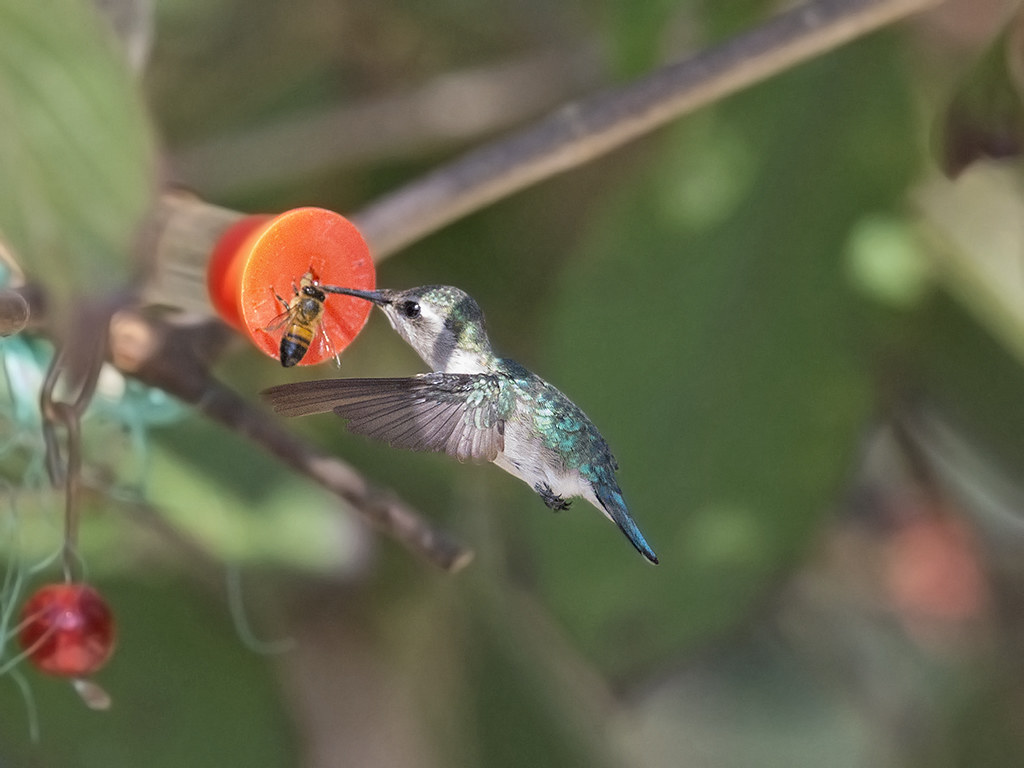
The easiest place to try and capture an image is on a feeder, the bird has no need to move to feed. On the flowers they are gone in an instant, however, we don't like photos of manmade objects do we? I only took that one to make a size comparison with a real Bee.
Yes, they are tiny, the birds head is about the same size as the bee.
Despite their size, the depth of field in an image is still pretty crucial to get the whole bird in focus.
Take these two almost identical shots.
The stunning male at f2.8 using my 300mm lens.
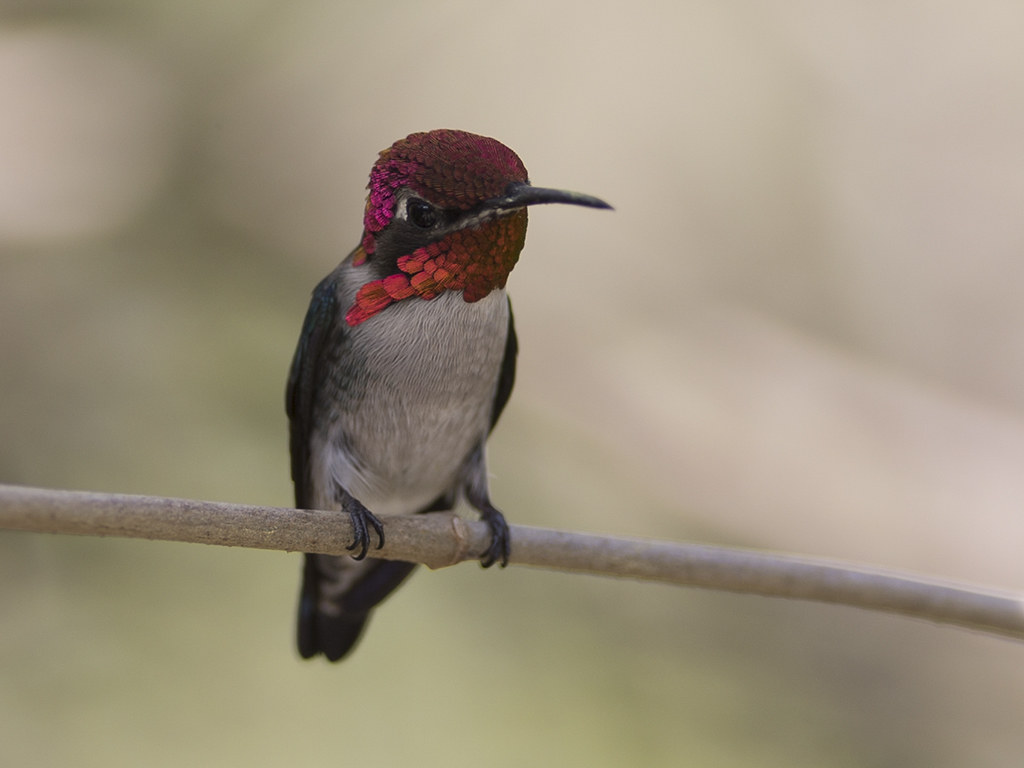
The same shot at f8.
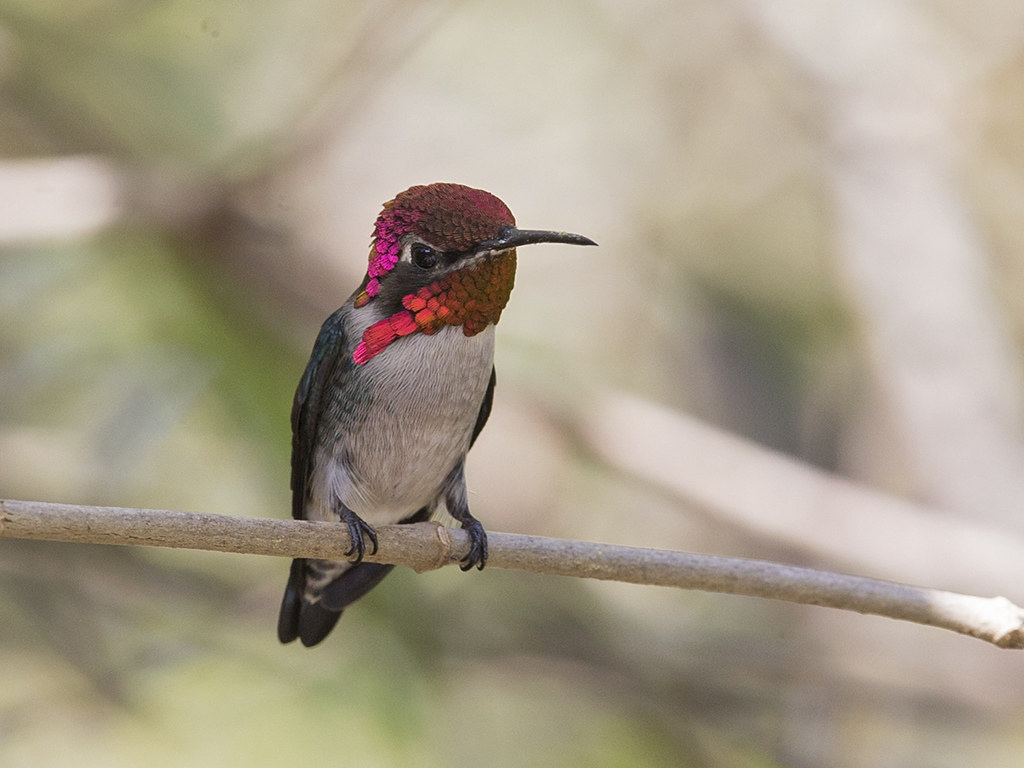
The difference is obvious for all to see.
In that particular instance the shutter speed was very low, just 1/250th of a second, but fine for a static subject. What you don't see is that the ISO level has jumped from 100 to 400. Fine at those low levels but increase the shutter speed for motion shots and the camera has to compensate. ISO levels are pushed to the limit and even my Canon 1DX, currently the best camera that Canon have to offer, struggles. Noise, the grainy effect is introduced.
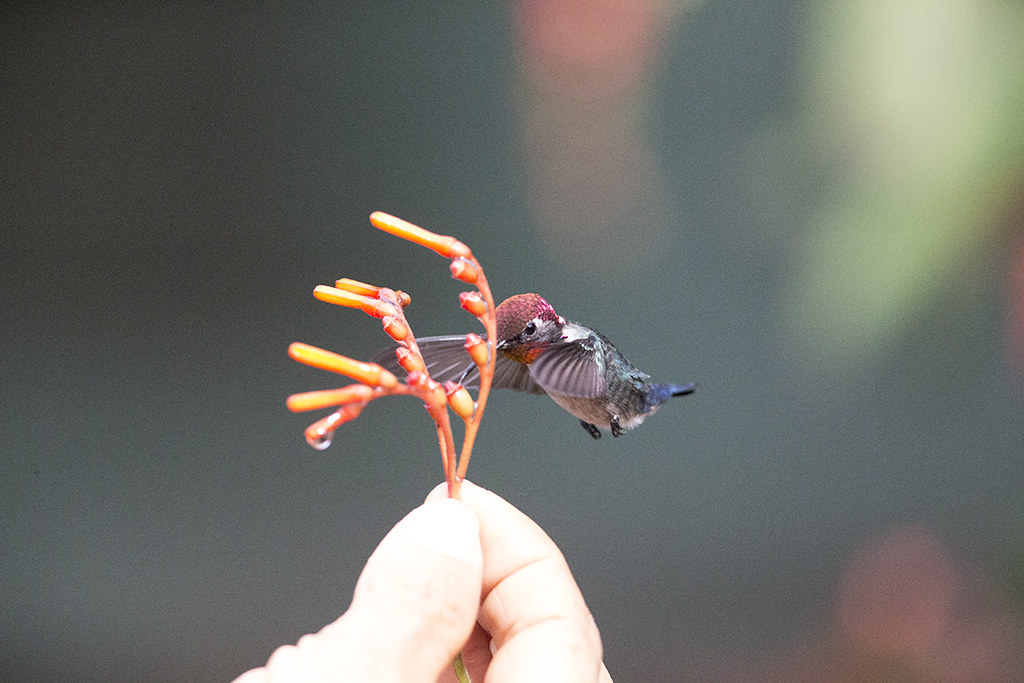
The noise is more apparent in darker areas so I try to over expose the shot in the hope that when I darken it on the computer, then apply some noise reduction using an appropriate programme I will end up with something usable.
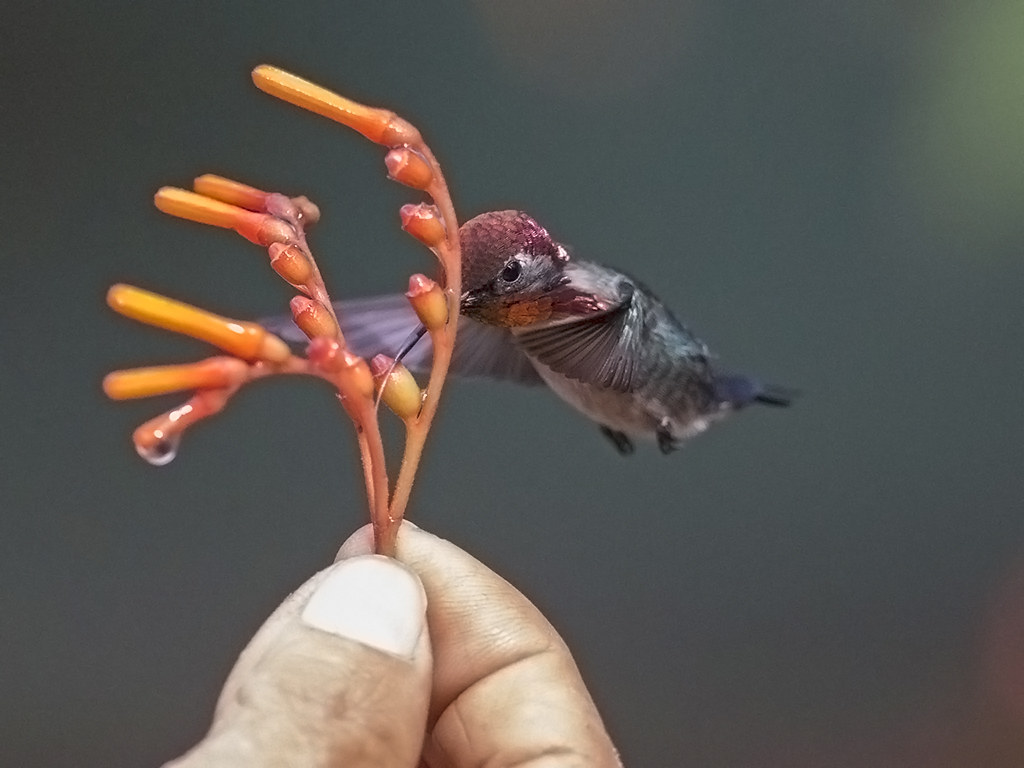
I know lots of photographers would disagree with the way I tackle the problem, and I'm sure there are better ways because I came home lamenting my results too.
Still, something is better than nothing!

When the bird sat still I tended to use the 600mm with a 1.4TC attached.
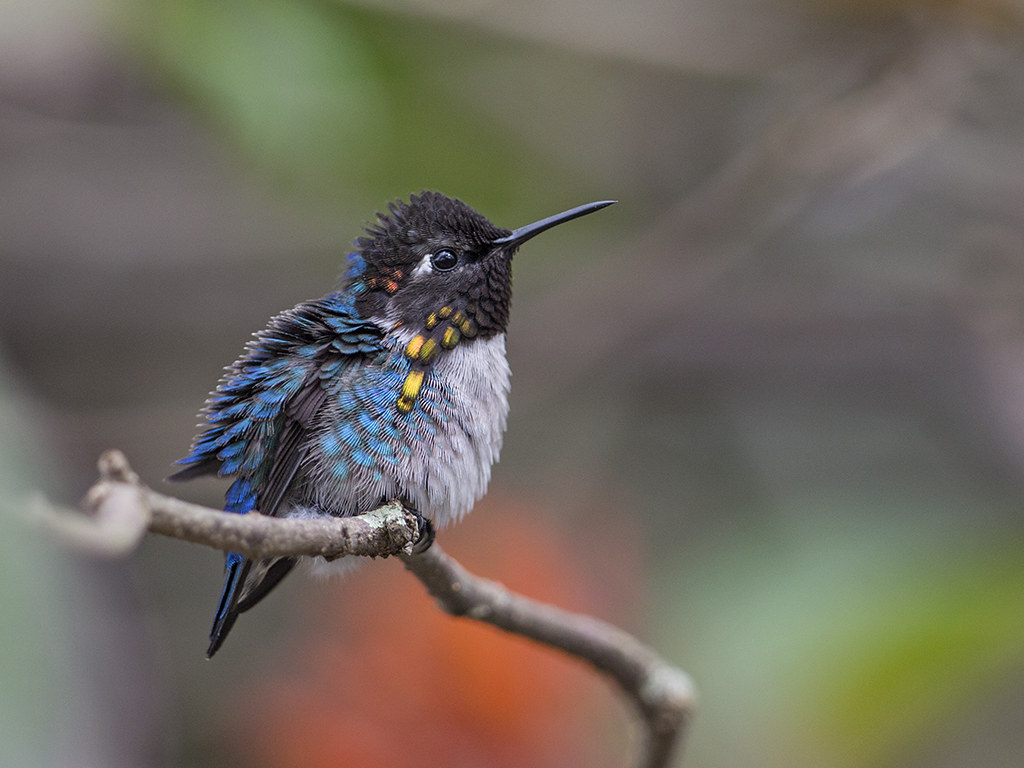
Just look at the way the colours change with the way the light reflects.
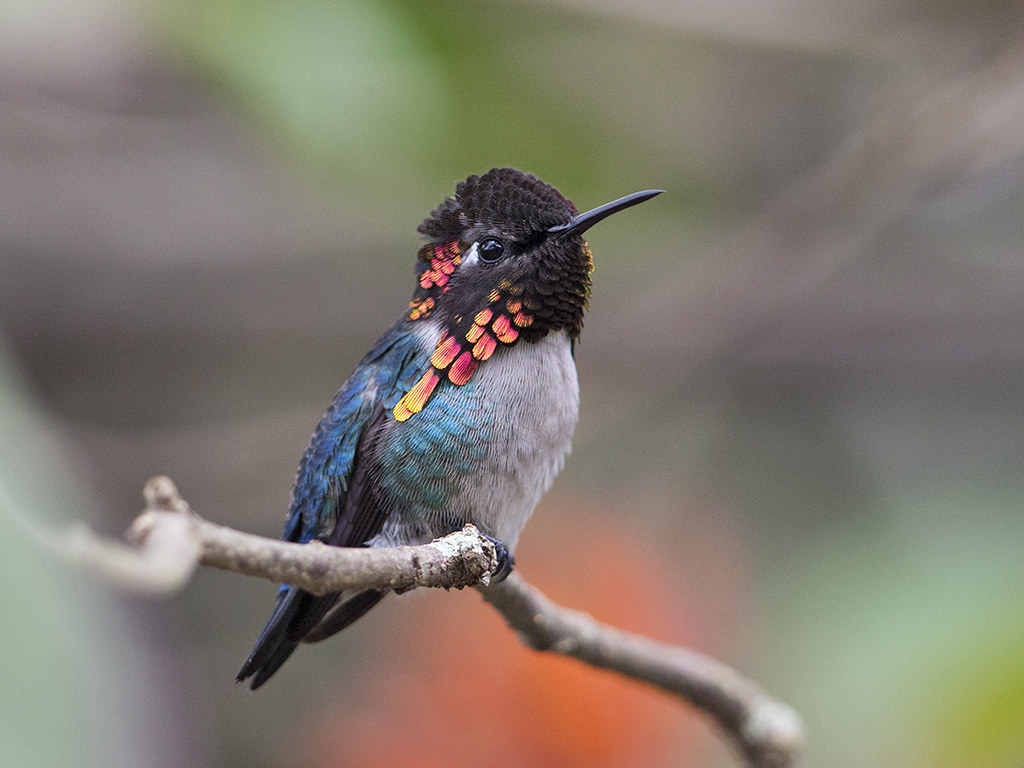
Absolutely stunning.
On the move I decided that I had to use the fastest speed available to try and freeze as much motion as possible.
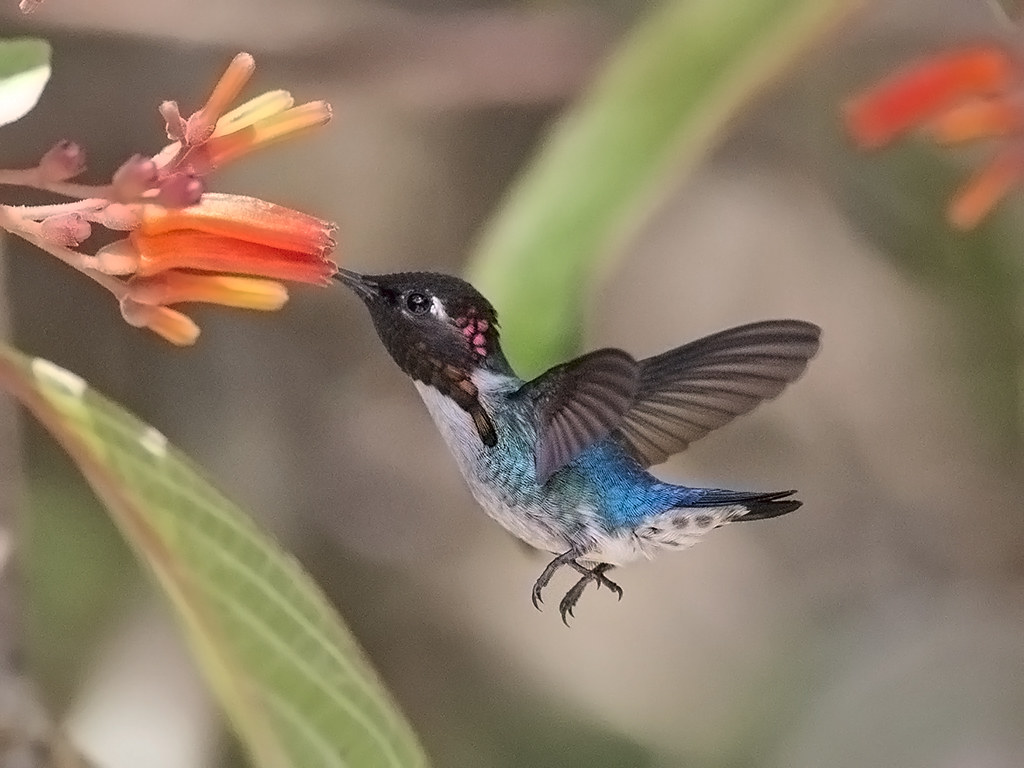
Even at 1/8000th of a second, much it appears, depends at which stage of the wing movement you capture the shot.

reveals the most blur.
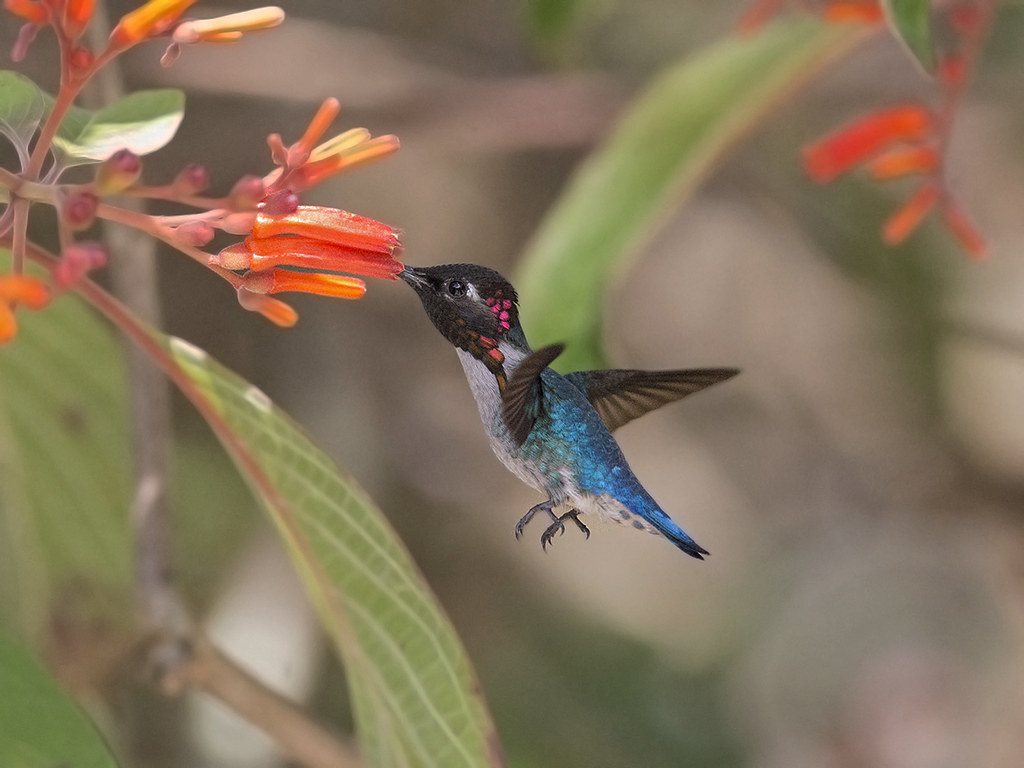
The ISO has pumped up to 16,000 in this instance, and yes, it shows in the amount of noise. My chosen lens is the 300mm f2.8 at f4. If someone can suggest where I might improve on my efforts I would be very, very grateful.
There are plenty were I have just made a mistake. This one for instance, the bird is sat still and I forget to chance the shutter speed. 1/8000th still. Ridiculous!

But as for the others, I don't have a solution.
I was so obsessed with capturing the male even the female got less attention than deserved.

and their rivals in the bush , the Cuban Emeralds were virtually ignored!
So much so I realised as we left Playa Larga I might not get many chances to get one in flight and I would deeply regret my few efforts not being acceptable to me.
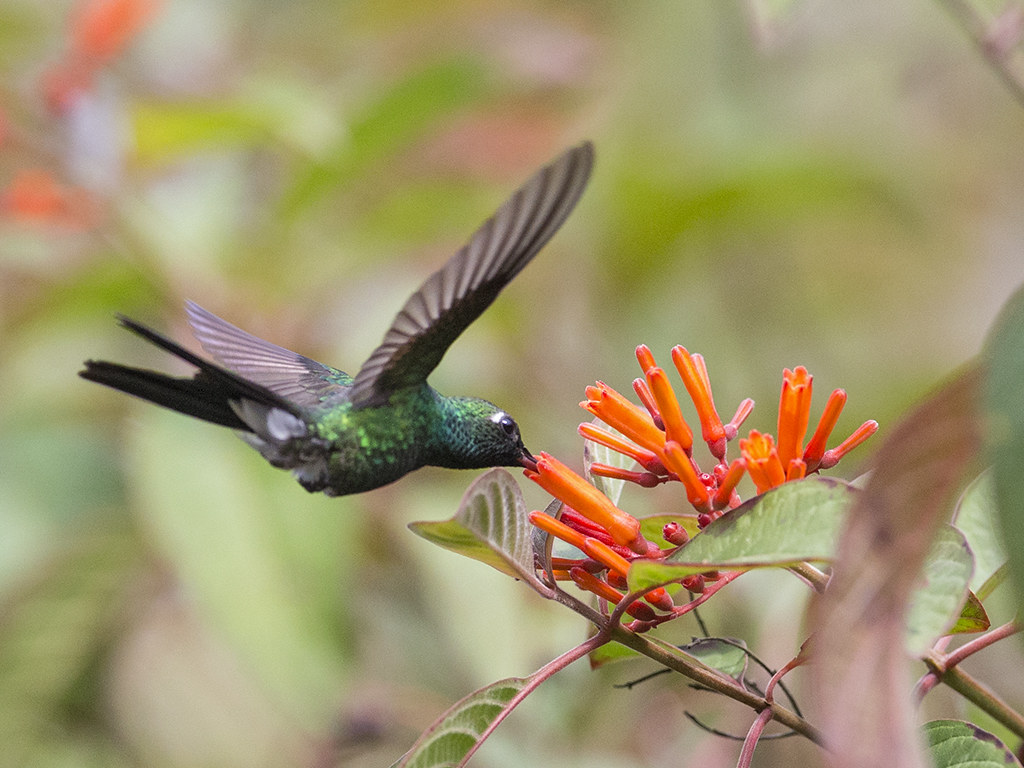
In actual fact the bush provided me with my only views of Black-cowled Oriole for the whole trip.
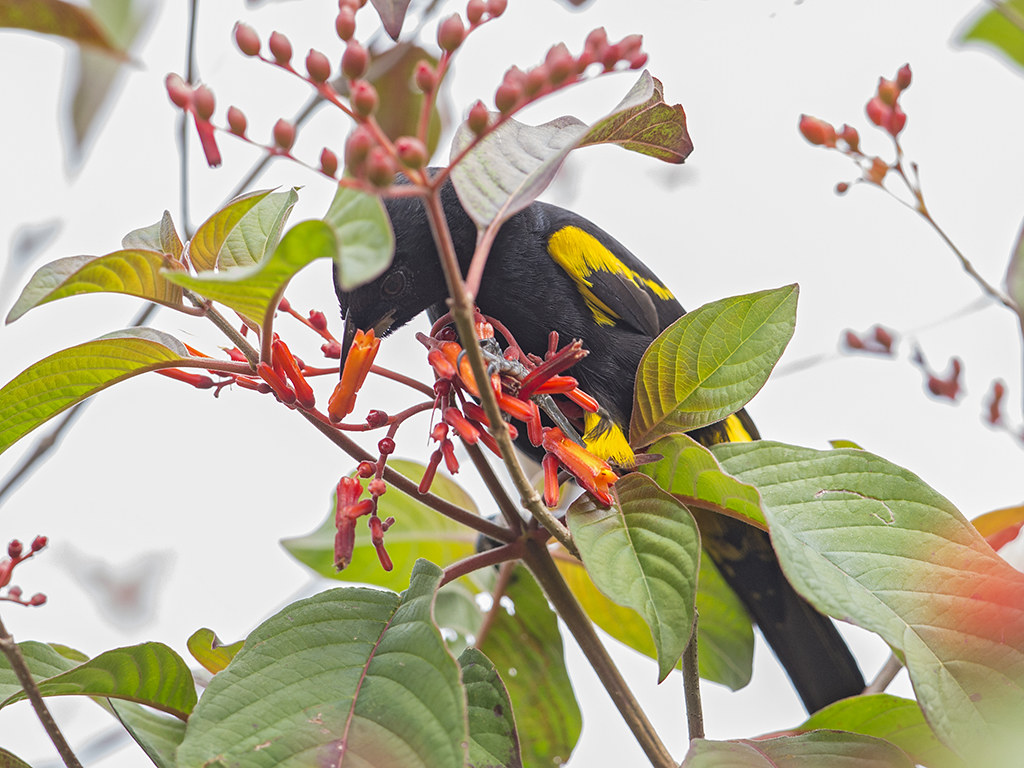
and the best views of Black-throated Blue Warbler by far..... but only at the feeder!
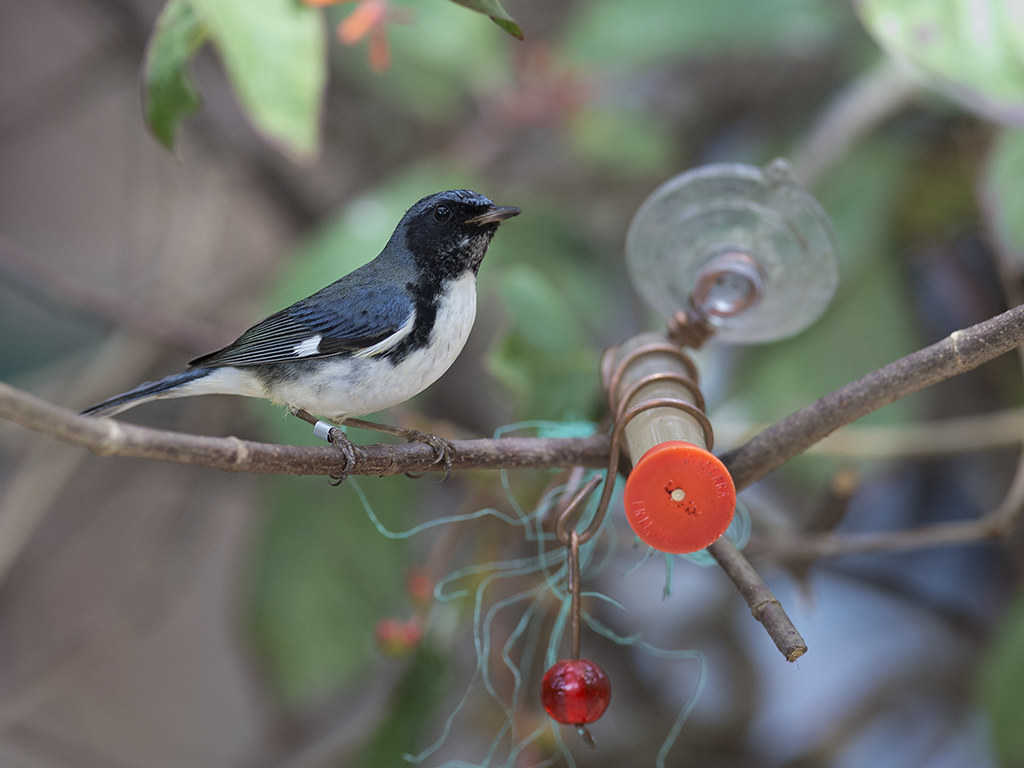
Likewise the Yellow-throated Warbler but fortunately for me, we also had a regular one at the front of our Casa in what is probably Cuba's most photographed tree!
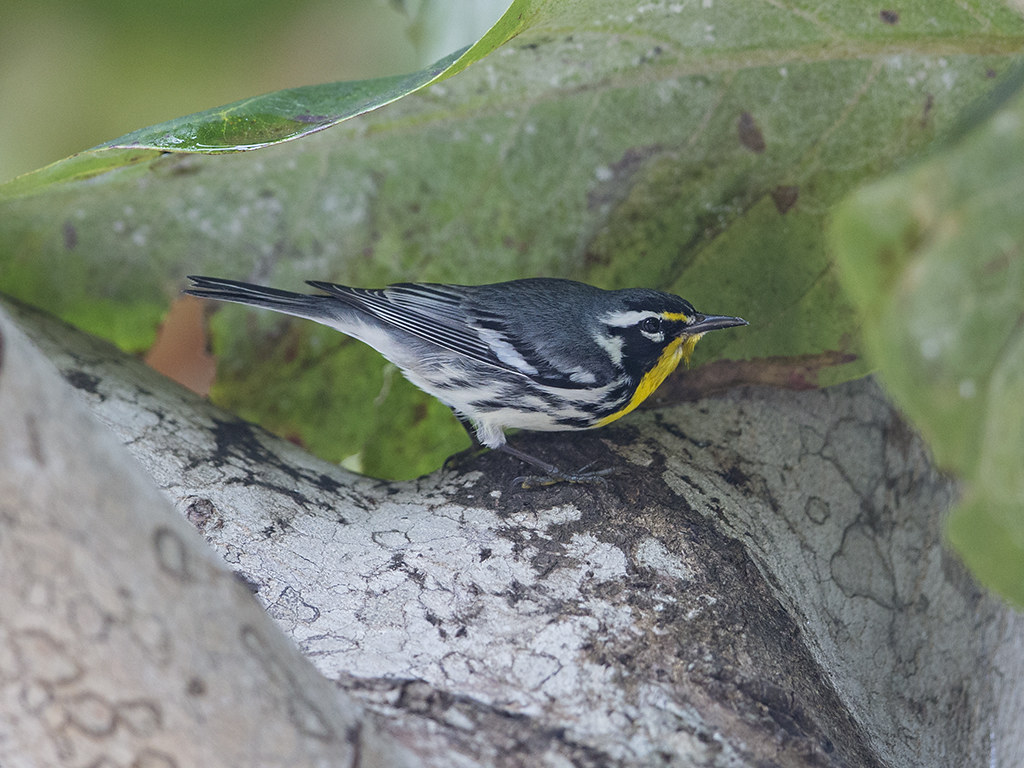
No, for me it was just one bird that took all my attention.
Still I didn't foul up totally. I do have something to remember, and it was fun trying.
Our time in Playa Larga had sadly come to a close. In a way we were looking forward to what lay ahead. We still had 13 days left and a lot of the island to explore but as I told Tony and Osmara, our hosts, I had a feeling I should have planned my trip in reverse, leaving what I suspected to be the best until last.
Too late now !
We had had 10 days of excellent weather with hardly a break in the sunshine really. We had made some new friends, Playa Larga will always remain special and her parting gift on the last evening was the best sunset of our stay.

As Tony stated as we made our fond farewells.
"You have to leave to be able to come back"
Hopefully , one day we will!
In the meantime onwards in Cuba!
T.B.C.
No comments:
Post a Comment